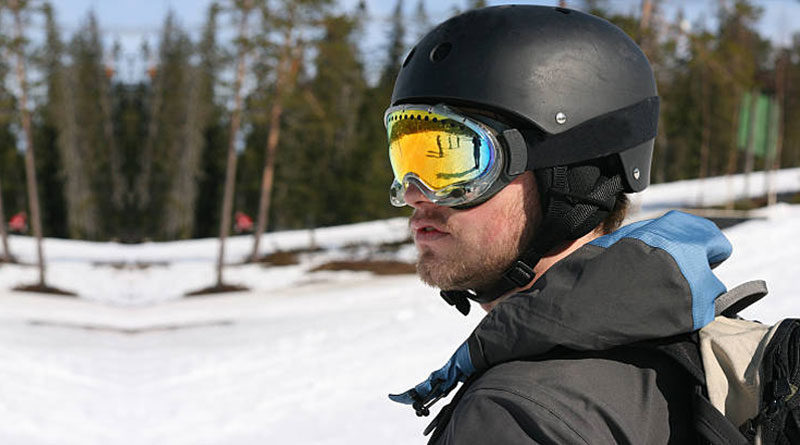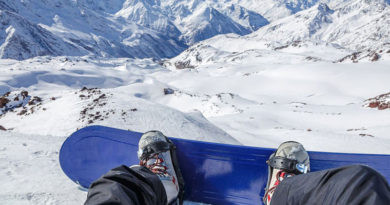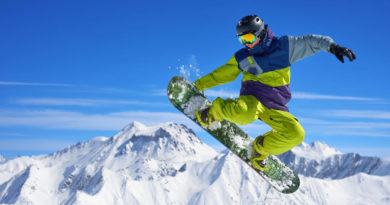How to Wear Ski Goggles with a Helmet?
Wearing ski goggles with your helmet properly is important because it is critical to your safety. A goggle protects your eyes from the glare of the sun on the snow while the helmet keeps your head protected. It is important because when you are going downhill, you need to see down.
What’s the problem?
The main problem with wearing goggles and a helmet together is sweat. Your body is working hard during skiing and it produces a lot of sweat. Because you are wearing plenty of gear, you’re definitely going to experience sweating all over your body. The sweat ultimately causes condensation and steam on the inside of your goggles, which can be dangerous.
How to prevent sweat?
When it comes to preventing condensation and stream, first you need to figure out what causes them. This usually means you need to reduce the amount of sweat produced and keep a comfortable body temperature. Make sure you do this in a way that still keeps you protected and safe.
Remove some layers
The easiest way to prevent sweat is to remove some layers. Usually, skiers wear multiple layers and it’s easy to remove one or two and still be warm enough and safe. Keep in mind when you remove layers, you may feel a bit cold. So, make sure you don’t remove too many layers that you’re actually in danger of hypothermia.
Wear a cap under the helmet
A lot of skiers wear a cap under the helmet to absorb sweat. It is a good idea because it wicks moisture and sweat that your head produces. This cap is going to fit tightly under the helmet and it won’t interfere with the overall helmet fit. That way, you are still protected and you won’t experience condensation behind your goggles that make it hard to see.
Try anti-fog sprays
Plenty of products are available on the market that can help prevent fog and condensation. Try different products and see which one works best for you. Some people have experienced that even sweat doesn’t cause their goggles to fog up if they have the right products to help. There are some creams available that you can apply on the lenses and clean (if necessary) to reduce the problem.
Don’t wear glasses
Make sure you don’t wear glasses under your goggles. Glasses don’t work well with ski goggles and they may cause severe fogging. If you wear prescription glasses, get a pair of goggles that can accommodate your glasses or wear contact lenses.
Loosen your goggles
Loosening your goggles a bit will help reduce fogging and condensation. When they are too tight on your face, the moisture builds inside and causes condensation and fog on your lenses. So make sure you allow for good airflow around your lens. When your lens is warm and the outside temperature is cold, the chances of condensation increase. Get your goggles acclimated to the right temperature to overcome this problem.
After your trip
After your trip or when you are taking a break, take off your goggles and remove the lens. Make sure you dry them as much as possible. Even if they are full of snow, don’t try to dry them with a cloth or rag because it can damage the lens. Instead, try to air dry them. You can dump snow out or shake them a little to get some larger clumps out. Put your lenses in the special bag that comes in the box.




